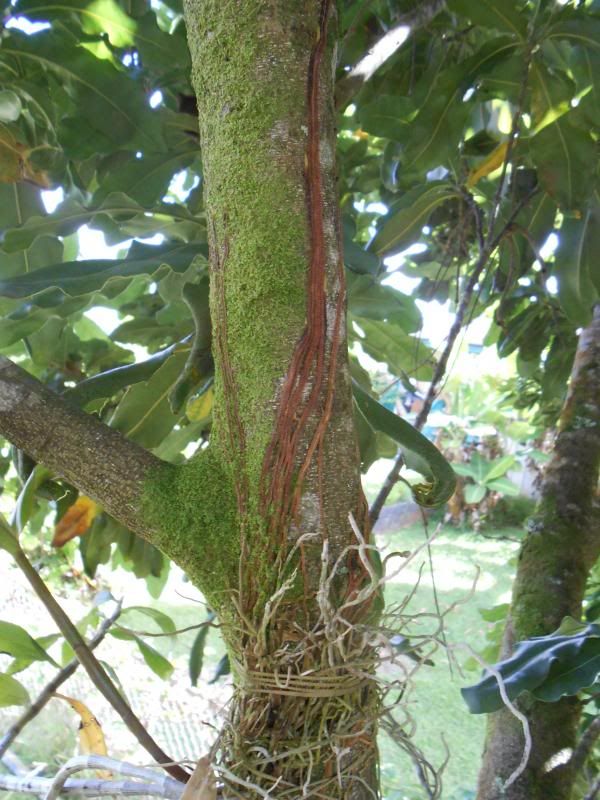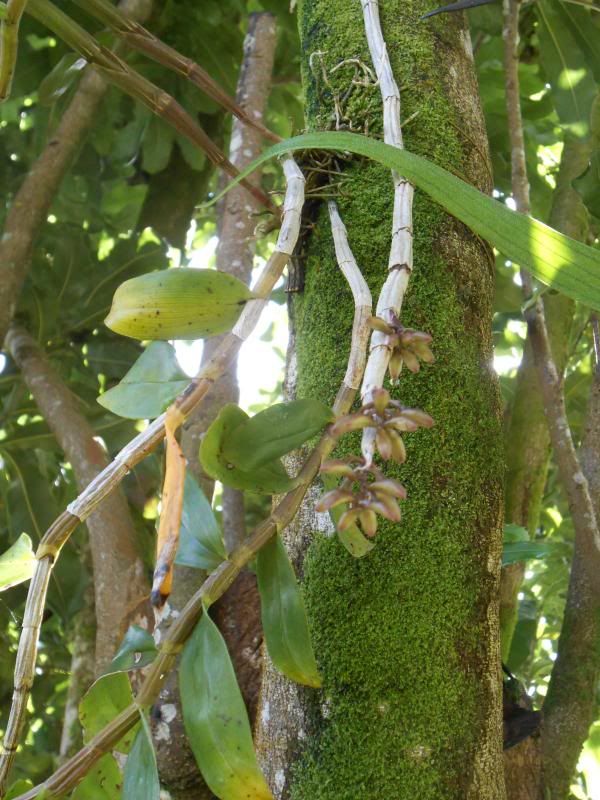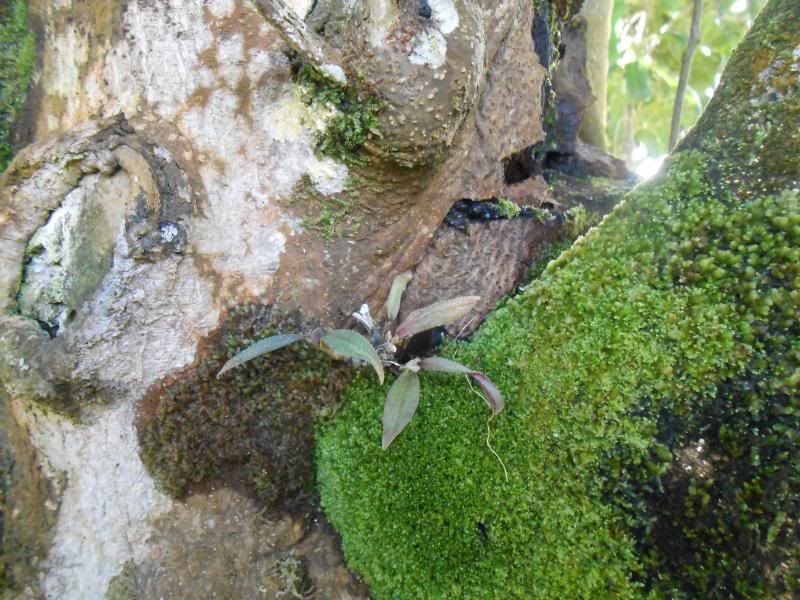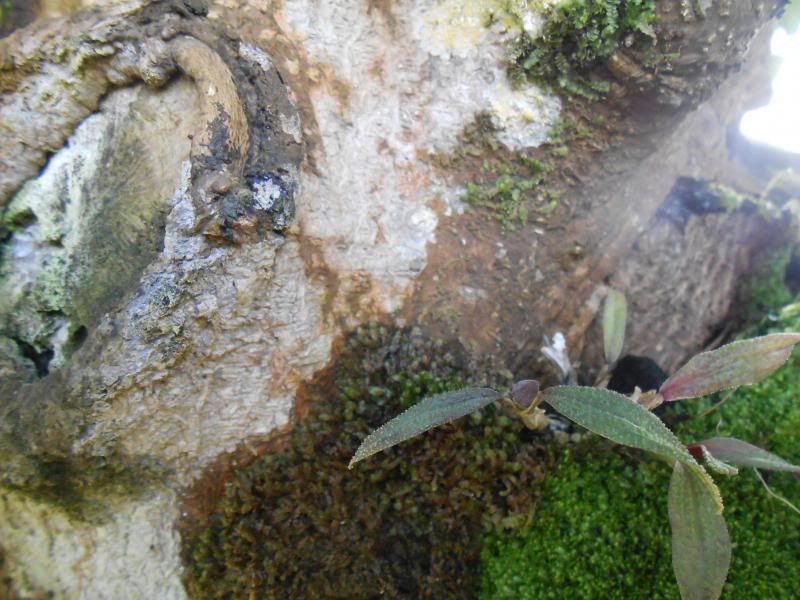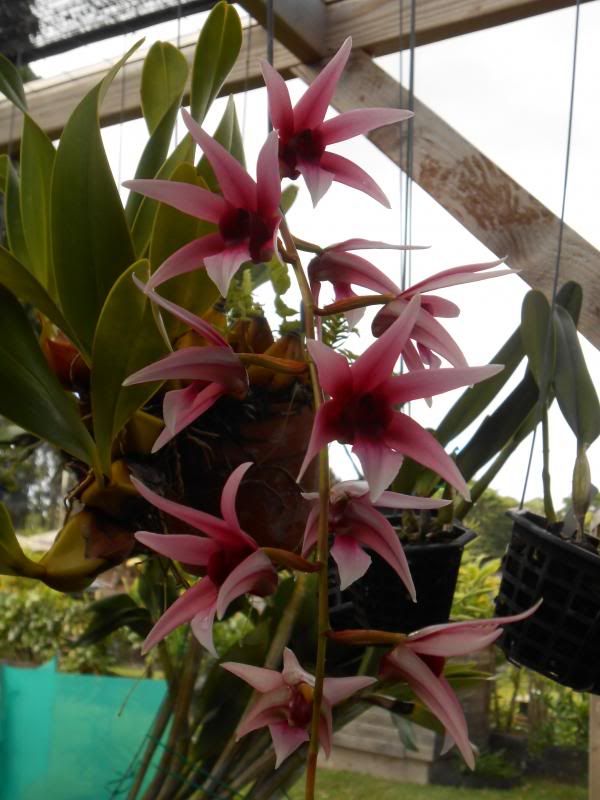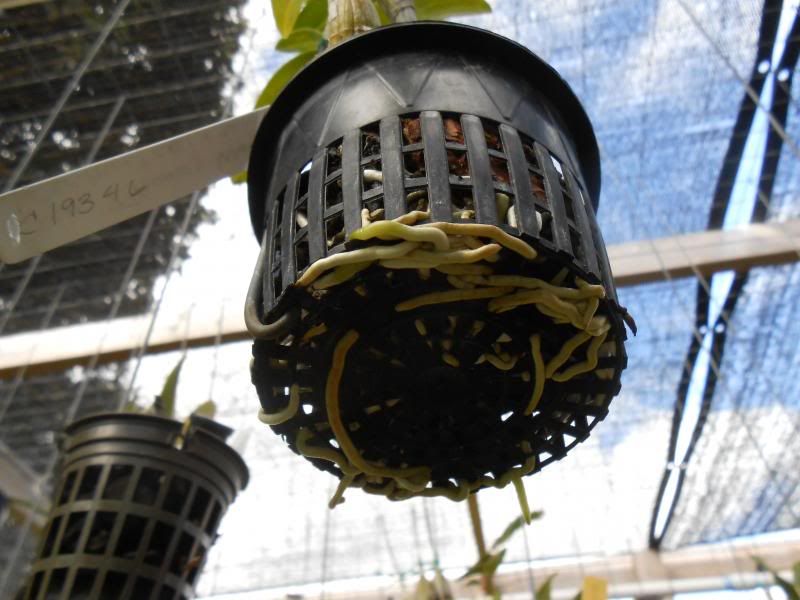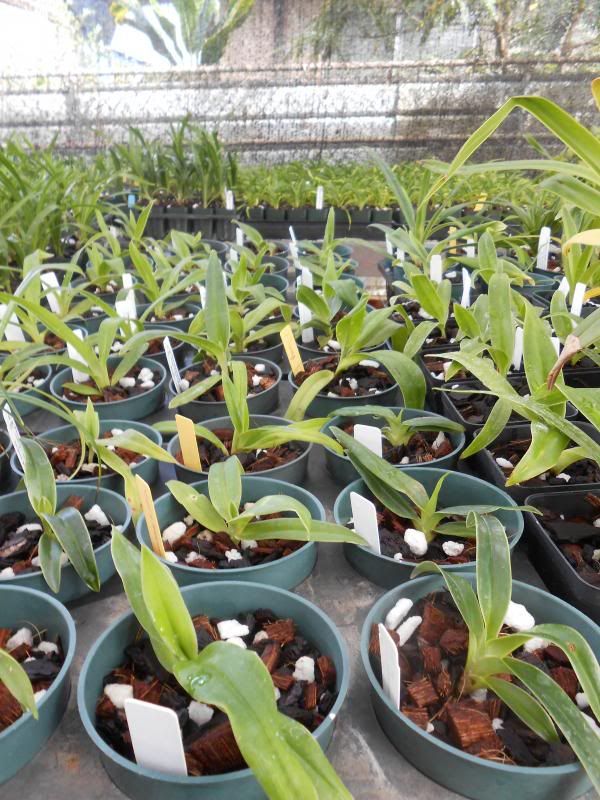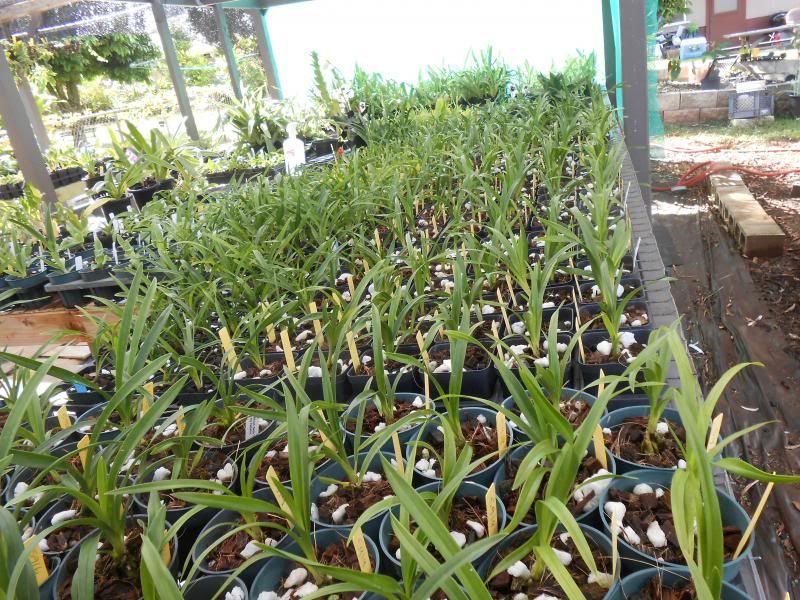L
limuhead
Guest
None of the above. After experimenting with many different fertilizers and amendments over the years I have come to the conclusion that there is no best or better fertilizer. Here is why I believe what I believe. Proper culture, good water, and adequate light can't be remedied with fertilizers or amendments of ANY type. I have excellent growing conditions; great light, humidity levels, air movement. I have used Miracle Grow, Peters, MSU, K-lite, Fish Emulsion and maybe a dozen other products. I use and have used Calcium Nitrate, Epsom Salts, Dolomite, EM, Kelp, as well as a few other product to promote beneficial microorganisms to boost growth. The healthiest and most vigorous orchids I have are the ones growing in the mosses in my trees. They rarely get fertilizer, are watered when it rains(or occasionally when I have time or remember to hit them with the hose) and every once in a while get some insecticidal soap or a light dose of biological fungicide. Other than the plants in the trees my best plants are the ones in baskets with little or no media and tons of aerial roots. I think Lance of Gone Wild posted some pictures of wild orchid roots that were in mosses that were really kind of growing through them, not really attached. That pretty much confirms what I believe. Mounted orchids that I grow and Paphs and Phrags that are potted in a very loose mix(at least 30% large perlite) are doing really good but as far as fertilizer I have not seen anything that would make me believe that one is better than the other. As far as fertilizers are concerned the only measureable results I have seen are that ammonia/urea based fertilizers will give you rapid growth, but without enough light that growth will be soft and susceptible to bacteria and fungal problems because it has not had a chance to harden off; in other words if they grow too fast it weakens the plant as a whole. The maximum strength fertilizer I use is >100 ppm on hot sunny days in the summer. I flush my pots at least once a week, and by flushing, and I mean complete drenching, overflowing pots. I will saturate my entire collection and then repeat the process several times; waiting about 10 minutes between watering. This, more than anything will make a difference as far as fertilizers are concerned. Maybe under less than ideal conditions fertilizers make a real difference. When I joined this forum my intention was to become a better grower, which has happened thanks to a multitude of information provided by informed and exceptional people. I think the best way to grow the healthiest, vigorous orchids of any type is to do your best to simulate the natural environment that the orchid comes from; which granted is difficult at best to do. Of all the variables concerning orchid growing fertilizer is, in my opinion, the least important. Going outside to take a few pictures, will post some later. I am looking forward to feedback; pro and con in order to help myself as well as others become better growers(because that is what Slippertalk is all about... Right?)





